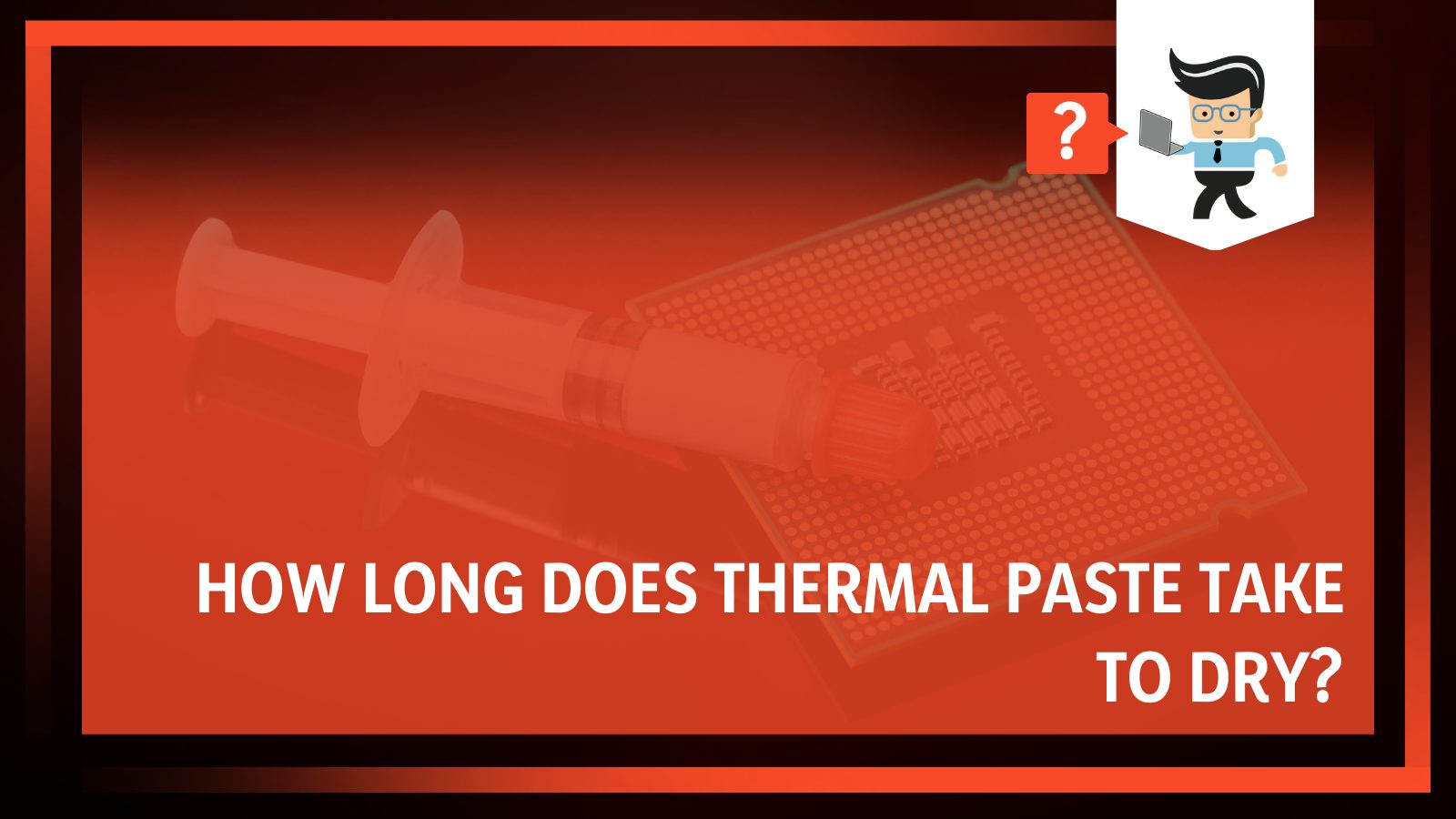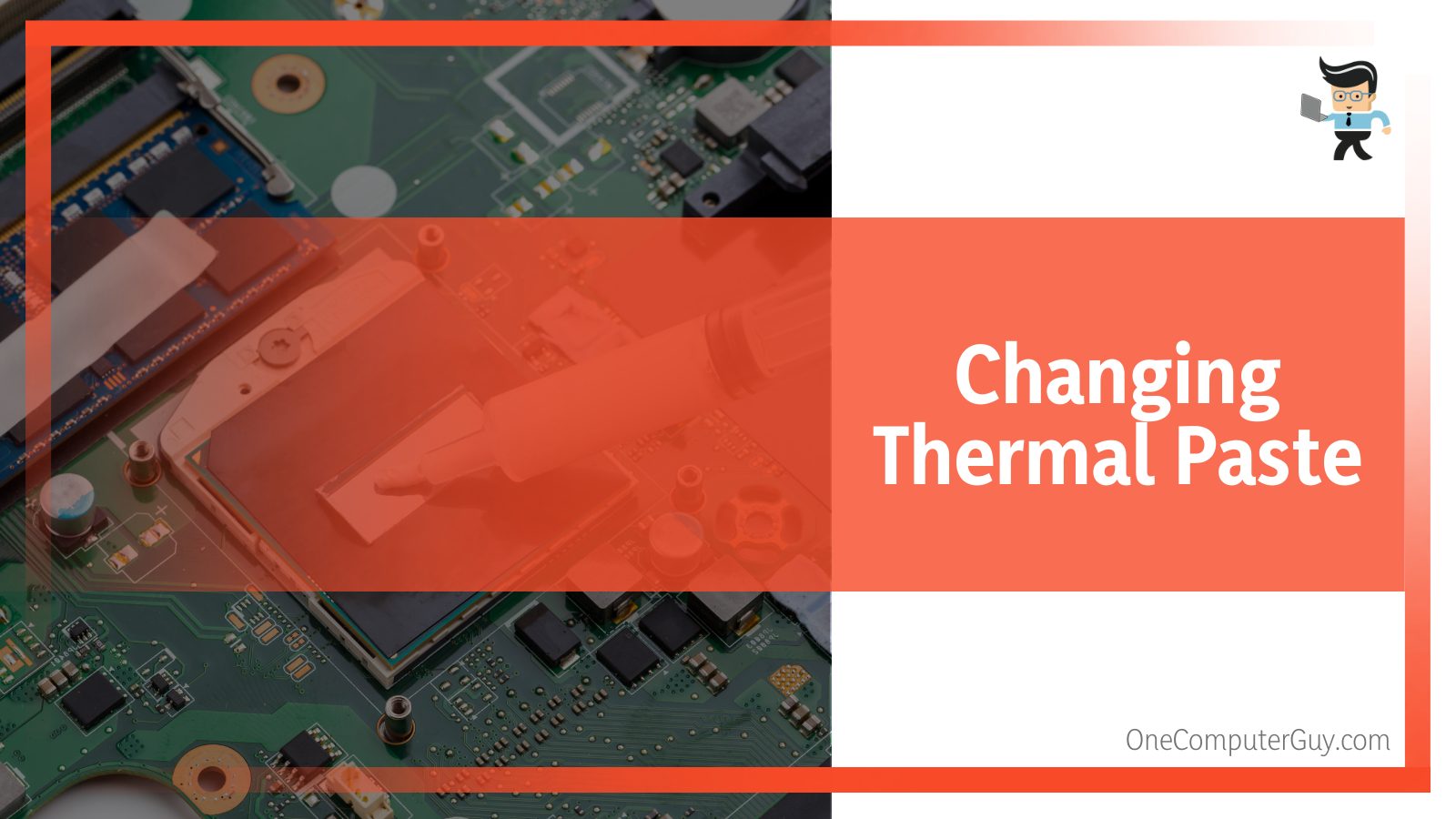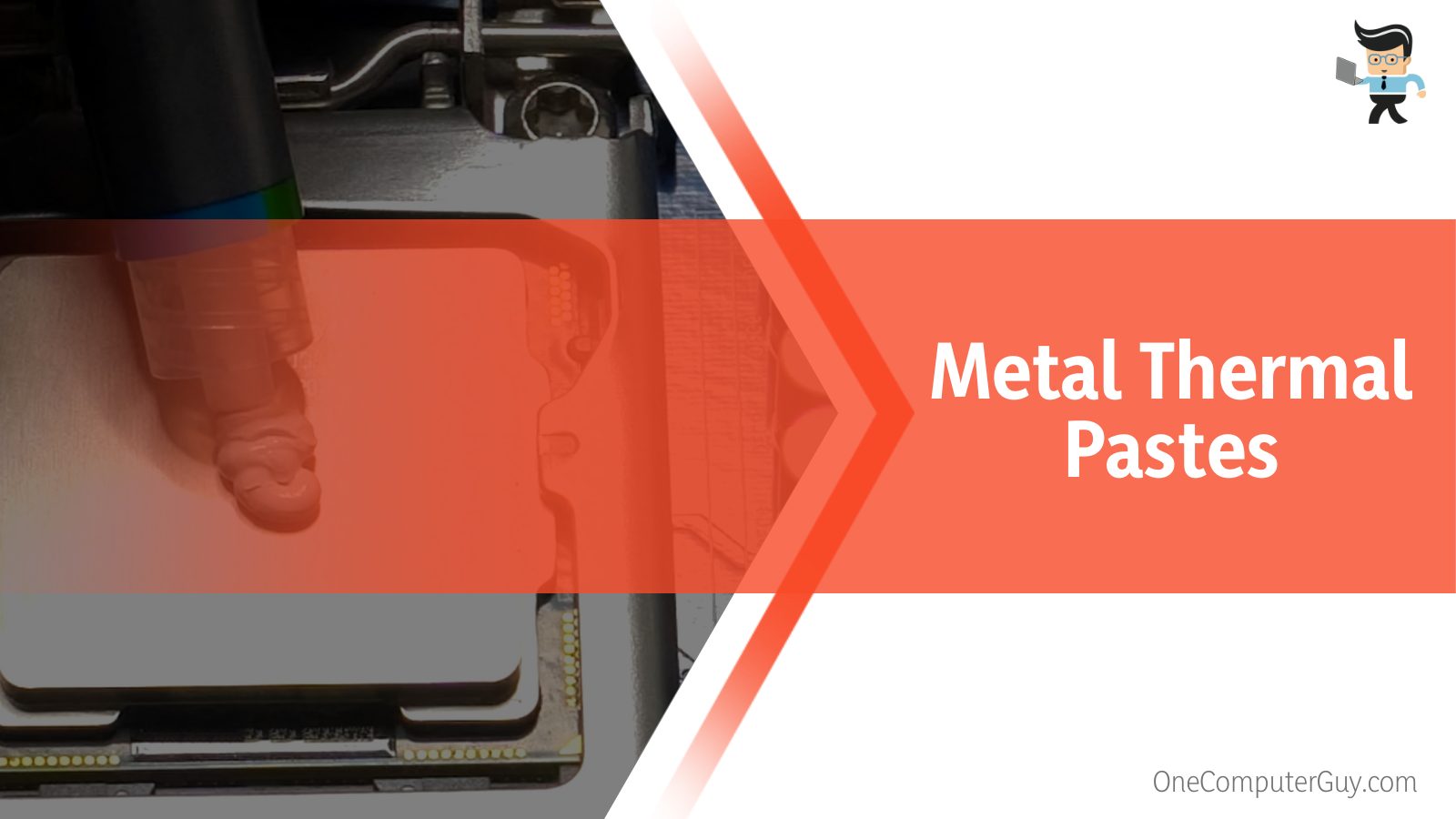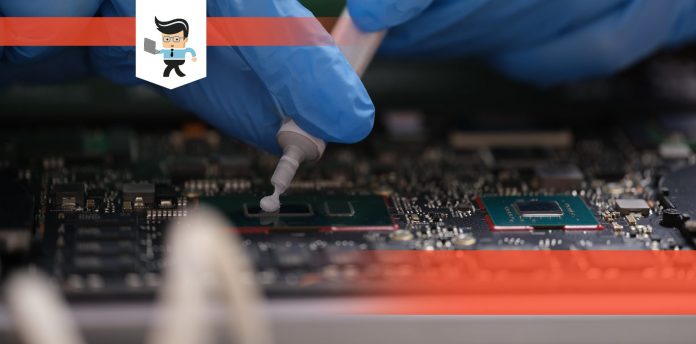How long does thermal paste take to dry is one question every PC builder has in their mind after using the paste liquid for their PC parts so that their parts do not get too hot during usage.

This paste is an excellent conductor of your PC’s heat. It can help draw the heat away from any components that can get too hot, so it is important to reapply it from time to time.
In this complete guide, we will take a look at the time it takes for your thermal paste to dry.
Contents
How Long Do You Have To Wait for Thermal Paste To Dry?
The average thermal paste takes around 2 to 3 hours to dry, but different pastes dry at different rates, and the best estimation can only be provided by the relevant manufacturer. You can often put paste on the CPU and return to using your computer right away.
On average, you should wait at least a few hours until it sets, but there is no fixed time to adhere to. Because of the consistency of the paste, waiting for it to dry would be pointless. It is supposed to remain wet and paste-like so it can quickly get to the bits between the heat sink and the processor.
While its liquid form does not generally cause problems in working with the PC, you can take some time and let it settle down if you want to play safe. However, if you want to confirm whether it is crucial to wait after applying thermal paste, the answer is no.
– Before Thermal Paste Application
Thermal paste is helpful because it helps your GPU or CPU cooler avoid overheating after a long period of usage. However, the main thing to know before applying this paste on your PC parts is how much of it you are supposed to use.
Regarding your computer’s well-being, it is safe to say that too little and too much thermal paste is equally bad. Using less of this liquid than necessary would prevent the CPU from cooling down; thus, it would be vulnerable to overheating and eventually stop functioning.
The CPUs nowadays are generally more resilient. While the direct application of too much paste wouldn’t immediately destroy them, it would trap them in the device’s heat.
This would cause it to overheat, resulting in more significant problems such as an abrupt shutdown. Too much paste is also unsafe because it could get inside the sensitive internal parts of your PC and provoke them to malfunction.
To confirm how much thermal paste you need, it is generally accepted if it is a pea-sized amount. Otherwise, you should also check the instruction manual supplied by the manufacturer and follow it accordingly.
– Changing Thermal Paste
How long does thermal paste last before reapplication? Well, some years at most. If your question is “Does thermal paste need to be replaced?” you should check for the factors that mean a change is in due order.

Because thermal paste usually lasts for some years, it would be hard to put your finger on an exact time when you need to buy a new one. Checking for signs, however, could save you some trouble. One of the most critical factors will be if your CPU’s temperature rises unexpectedly.
Checking in with the brand manufacturer is also a good idea. This information is probably on the purchased product or a booklet inside. You could also check the company’s official website to know the rough approximation of how long the paste will last. It is doubtful that you will need to replace thermal paste too soon, but it is always a safe idea to be sure.
– Side Effects of Air on Thermal Paste
Does thermal paste harden? Does thermal paste dry out in air? Yes! Nothing is more critical for the paste to function appropriately than it should remain wet. It takes a long while for the paste to dry, but it immediately becomes inefficient when it is continuously exposed to air.
Since it is supposed to handle the rising temperature of your PC, any appearing dents or cracks in the drying material will start to trap hot air inside the computer.
This could be dangerous because it puts your device at risk of overheating. This is why you need to re-apply paste to ensure it stays wet and can continue dealing with temperature problems.
– Putting a Time Limit on Paste Reapplication
In the long run, it is vital to reapply thermal paste to the parts of your laptop or computer. However, not every little problem happening to the device can automatically be a reason to add the new paste to the parts. Over-usage of paste can be hazardous to your PC’s health, as the chances of air getting trapped in and heating it increase considerably.
When the paste is applied to the computer, it should show immediate results because it does not need a fundamental “setting.” You know it is doing its job as soon as you start the PC up again.
How Long Do Different Types of Thermal Paste Take To Dry?
Different types of thermal paste take around 2 to 5 hours to dry, because while silicon thermal pastes dry the quickest at 2 to 3 hours, metal pastes can last longer, and in harsh conditions, ceramic pastes will degrade the fastest.
Different pastes tend to dry at different rates, so it is crucial to pick the right one. When you apply a paste to your computer’s surface, whether as a new builder or an old user, you need to decide between the different options and choose the one that is best for your system.
This guide will look at all these options and help you pick the best one, depending on how long it takes to dry up!
– Conditions of Silicon Thermal Pastes
Silicon thermal pastes are usually dubbed as the easiest pastes to be used. However, they have some weak points as well when it comes to comparing the effectiveness of different types of pastes.
The pastes are most effective when they remain wet longer, so it would be worth noting that silicone pastes dry faster than other types. In addition, they fall a bit behind in conducting heat.
This is not ideal since the pastes need to be excellent conductors of heat to work most efficiently. Another thing to remember is that these pastes are somewhat challenging to remove and replace, so you must be particularly cautious in this aspect.
As a computer user, it would be better to look at more than which thermal paste lasts the longest because many other factors are at play when it comes to maintaining your PC performance.
More important things to consider are how well the thermal paste conducts heat and its general performance. There are many user reviews available on the internet that you can use while making your decision. With this variety, it is also tricky to clean thermal paste.
– Conditions of Metal Thermal Pastes
Once applied to the PC parts, metal pastes have impressive longevity compared to other pastes. This is, however, not the case if they remain in the given tube, where they are at risk of expiring rather quickly.

Something else to keep in mind is that metal pastes are excellent conductors of heat, which is a plus point in their efficiency in controlling the CPU temperature.
However, it would be best if you were very careful when applying this paste to your computer because it is also exceptionally electrically conductive (unsurprisingly, because of the metal), thus putting your safety at risk.
– Conditions of Ceramic Thermal Pastes
Ceramic pastes have a few advantages over other types, including not being electrically conductive due to the absence of metal. This puts them on the list of some of the safest pastes for use.
Not only that, but they are also generally available in tubes of various sizes, which means you can purchase them according to how much you need to use and not be worried about leaving them to expire in their containers.
Unfortunately, one downside of ceramic thermal paste is that it does not conduct the most heat, especially compared to other thermal pastes. That is why these pastes come at a significant risk of degrading quickly if exposed to constant harsh temperatures, which is prevalent among overclocking computers.
Conclusion
To conclude our detailed guide, thermal paste needs to be applied in appropriate quantities and after proper time gaps to keep your PC functioning smoothly.
Since there is a lot of data in the overall guide, we have compiled a summary of bullet points in the next section that makes it easier for you to navigate through it all:
- Thermal paste choices differ from user to user, and games and regular overclockers are more likely to consider a metal-based thermal paste because it conducts heat better.
- Applying the right amount of thermal paste is essential because your CPU and GPU are at a greater risk of overheating and getting damaged without it.
- While it is okay to wait a few hours after applying your paste to let it dry properly, it is not essential and there is no fixed waiting period.
- To estimate exactly how long you have to wait, consider studying the estimations provided by your manufacturer and replace your paste after that.
This article is sure to have cleared up any doubts you might have about the correct properties of the different thermal pastes on the market.
Now that you know the right amount of paste you must apply and the length you need to wait after using to make the thermal paste work most effectively, you can go back to building and fixing your computer in peace!







